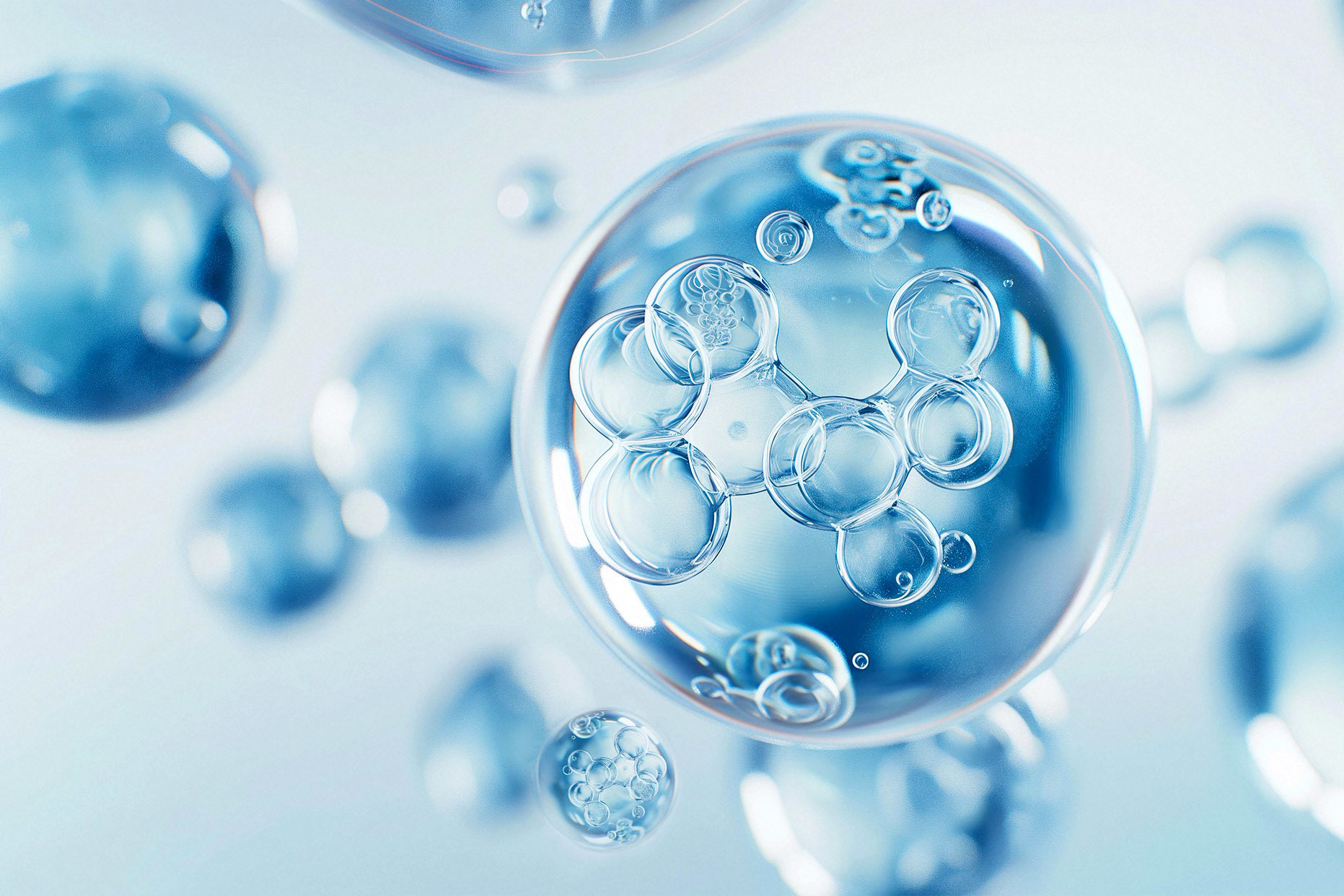The Colorful World of Phenolphthalein: A pH Indicator with a Twist
Jul 17,2025
Understanding Phenolphthalein
Ah, Phenolphthalein! This chemical compound might sound like something out of a sci-fi novel, but it’s as real as it gets. It’s a colorless organic compound used primarily as a pH indicator. When it comes to testing acidity and alkalinity, Phenolphthalein is the go-to guy, often found in laboratories and even at home in your DIY chemistry experiments.
A Brief Chemical Breakdown
So, what’s the deal with Phenolphthalein? Well, it has a chemical formula of C20H14O4. This compound changes its color depending on the pH level of the solution it’s in. Typically, it’s colorless in acidic solutions (pH < 7) and turns a vibrant pink in basic (alkaline) solutions (pH > 8.2). Talk about a dramatic transformation!
How Does It Work?
Ever wonder how a colorless liquid can suddenly become a lively pink? Well, it’s all about the protons, my friend! In acidic environments, Phenolphthalein remains protonated and is, therefore, colorless. However, as the pH rises and the solution becomes more alkaline, it loses those protons, leading to the formation of a negatively charged ion that gives off that fabulous pink hue. It’s like magic, but with chemistry!
Uses of Phenolphthalein
Let’s not beat around the bush—Phenolphthalein is incredibly versatile! Here are a few of its most common uses:
- In Titration: It’s often used in acid-base titrations. Scientists add this compound to determine the endpoint of a reaction, making it super easy to identify when a solution is neutralized.
- In Medicine: Believe it or not, Phenolphthalein has been used in the past as a laxative. However, it has fallen out of favor due to safety concerns.
- In DIY Projects: If you’re a home experimenter, you might have used it in pH testing kits. It’s an easy way to check the acidity of soil, pool water, or your favorite beverage!
A Bit of History
Did you know that Phenolphthalein was first synthesized back in the late 19th century? It was discovered by the German chemist Hans Friedrich in 1871. Since then, it has become a staple in the world of chemistry. Isn’t it amazing how a simple compound can have such a rich history?
Safety First!
While Phenolphthalein is a star in the lab, it’s crucial to handle it with care. It’s not considered highly toxic, but ingesting it can lead to health issues. Always wear gloves and goggles when working with this compound, folks. Better safe than sorry!
Conclusion
In a nutshell, Phenolphthalein is a vibrant and essential tool in the scientific community. From its dramatic color change to its various applications, it’s more than just a pretty face in the chemistry world. So the next time you see that pink hue in your experiments, just know you’re witnessing a little piece of chemical magic!







